1. Removing Original Windows for Modern Replacements
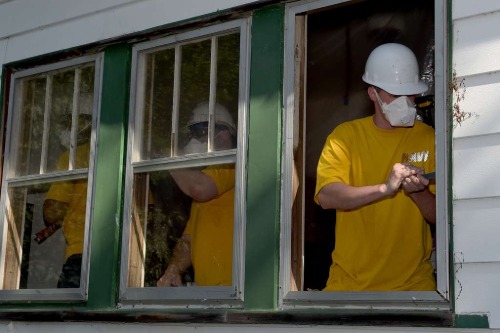
Old windows may be drafty, but they’re often crafted from durable hardwood and feature unique mullions or glass patterns. Replacing them with vinyl options erases character and may violate historic preservation standards. Charm disappears for short-term efficiency. Heritage lives in the panes.
Restoration—with weatherstripping or storm inserts—preserves both beauty and performance. A window swap sounds smart until it dims the home’s soul. Sightlines matter more than specs. Light deserves legacy.
2. Painting Over Original Woodwork
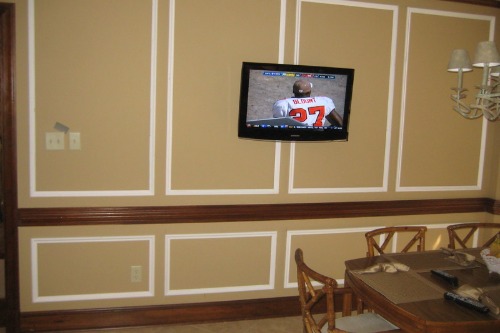
Stripping or painting built-in cabinets, wainscoting, or moldings might brighten a room—but it can also erase the richness of historic finishes. Once covered, it’s costly and tricky to restore. Tone carries tradition. Brush with caution.
Consider refinishing or partial preservation instead of full transformation. Texture builds emotional warmth. The grain whispers age; paint shouts over it. History hides behind primer.
3. Installing “Open Concept” Floor Plans
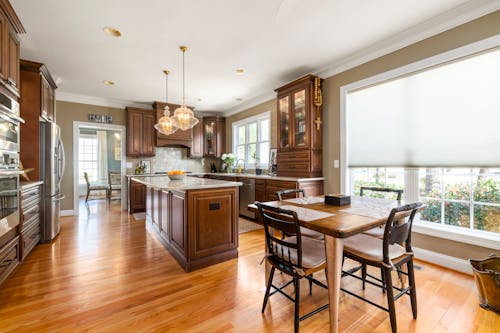
Knocking down walls for space often disrupts original proportions, sightlines, and function. Historic homes were designed with purposeful rooms—parlors, libraries, dining spaces—all carrying architectural intent. Tear the walls, and you tear the narrative. Design loses direction.
Buyers and preservationists often prefer intact layout over trendy openness. Separation can offer serenity. Not every home needs a flowchart. Charm lives in corners.
4. Replacing Plaster Walls with Drywall

Plaster adds soundproofing, texture, and period authenticity. Swapping it for drywall may seem easier—but it flattens both acoustics and aesthetic. You’re sanding down the soul. Smooth doesn’t always soothe.
Cracks can be patched and lath reinforced, preserving craftsmanship from another era. Plaster is imperfect—and powerful. When walls breathe history, rooms deepen. Flatness fades the flavor.
5. Covering Wood Floors with Laminate or Carpet
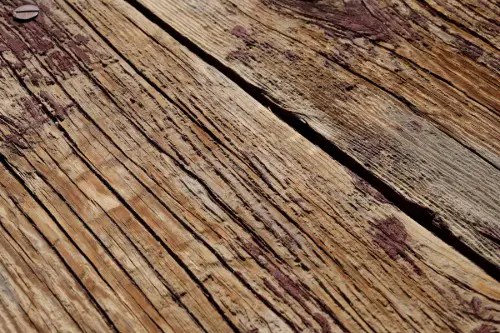
Original hardwood carries wear, grain, and craftsmanship you can’t recreate. Laminates may be “scratch-proof,” but they silence the creak and warmth of old boards. Carpet hides history under synthetic softness. You’re muffling memory.
Refinishing wood—even imperfectly—adds value and honors age. Floors tell stories when left to breathe. Underfoot doesn’t mean undercover. Patina beats plastic.
6. Swapping Antique Fixtures for Modern Alternatives
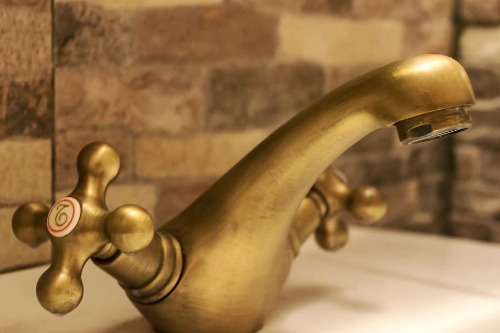
Light fixtures, hardware, and switch plates may seem outdated—but often reflect the era’s style and materials. Removing them for shiny upgrades strips personality. Brass becomes brushed stainless; soul becomes sterile. A glow gets generic.
Retro rewiring or restoration can preserve charm without sacrificing safety. Fixtures frame the story. Details shine longest when left intact. Don’t dim what once dazzled.
7. Installing Oversized Modern Kitchens
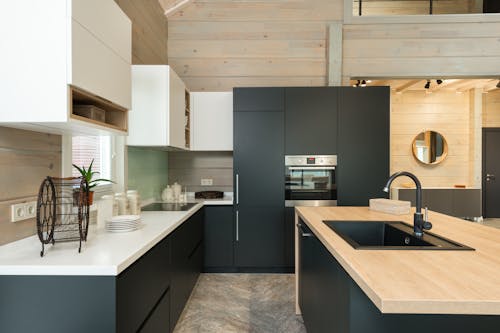
Sprawling kitchen islands and commercial-grade appliances can overpower historic homes, making original rooms feel cramped or inconsistent. Modern scale collides with old proportions. The house stumbles under stainless. Function fights form.
Preserve footprint and highlight vintage cabinetry or stove niches instead. Cook within context. History simmers best in small batches. Room to breathe beats room to boast.
8. Adding Generic Vinyl Siding
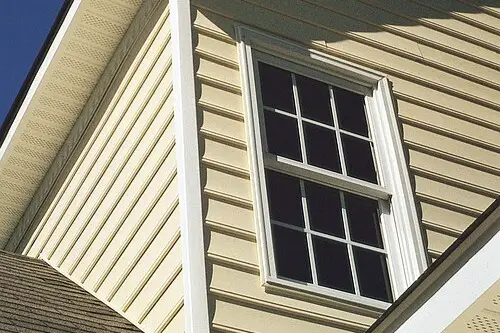
Vinyl may promise low maintenance, but it masks historic textures—wood siding, brick patterns, and hand-cut details. It flattens depth and holds moisture in ways that damage underlying structure. Easy doesn’t mean elegant. Your walls lose their whisper.
Restoring or repainting original surfaces protects value and architectural truth. Surface should speak, not shout. When texture fades, history follows. The outside deserves authenticity.
9. Replacing Doors with Mass-Market Styles
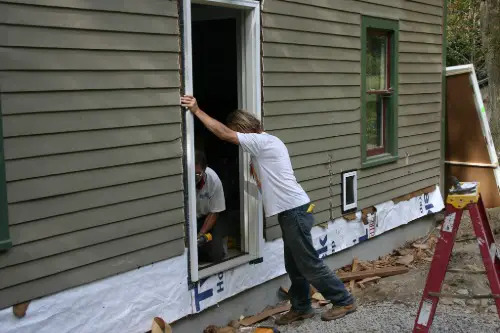
A carved wooden front door or paneled interior door is more than function—it’s expression. Swapping it for a hollow-core or factory-made version removes weight, sound, and silhouette. Entry loses elegance. You trade welcome for warehouse.
Repairs and refinishing go further than you think. Doors frame thresholds—but also tell stories. Knock softly: history lives behind the hinges. Presence starts at the portal.
10. Ignoring Historical Color Palettes
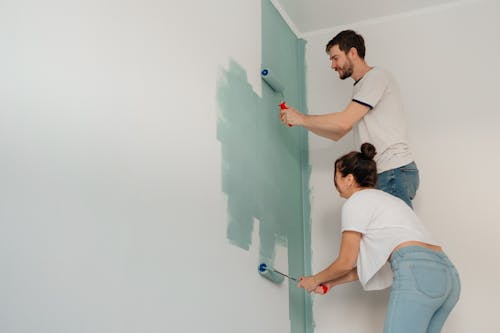
Painting interiors or exteriors with ultra-modern hues may feel fresh—but it can clash harshly with period architecture. Vibrant neons or flat grays wash out features meant for depth and warmth. Color guides emotion—and reflects intent. Style becomes dissonant.
Research historic tones or opt for muted blends that celebrate age. Hue holds heritage. When walls sing the right notes, homes hum. Trend tones silence tradition.
This post 10 Common Renovations That Secretly Devalue Historic Homes was first published on Greenhouse Black.
